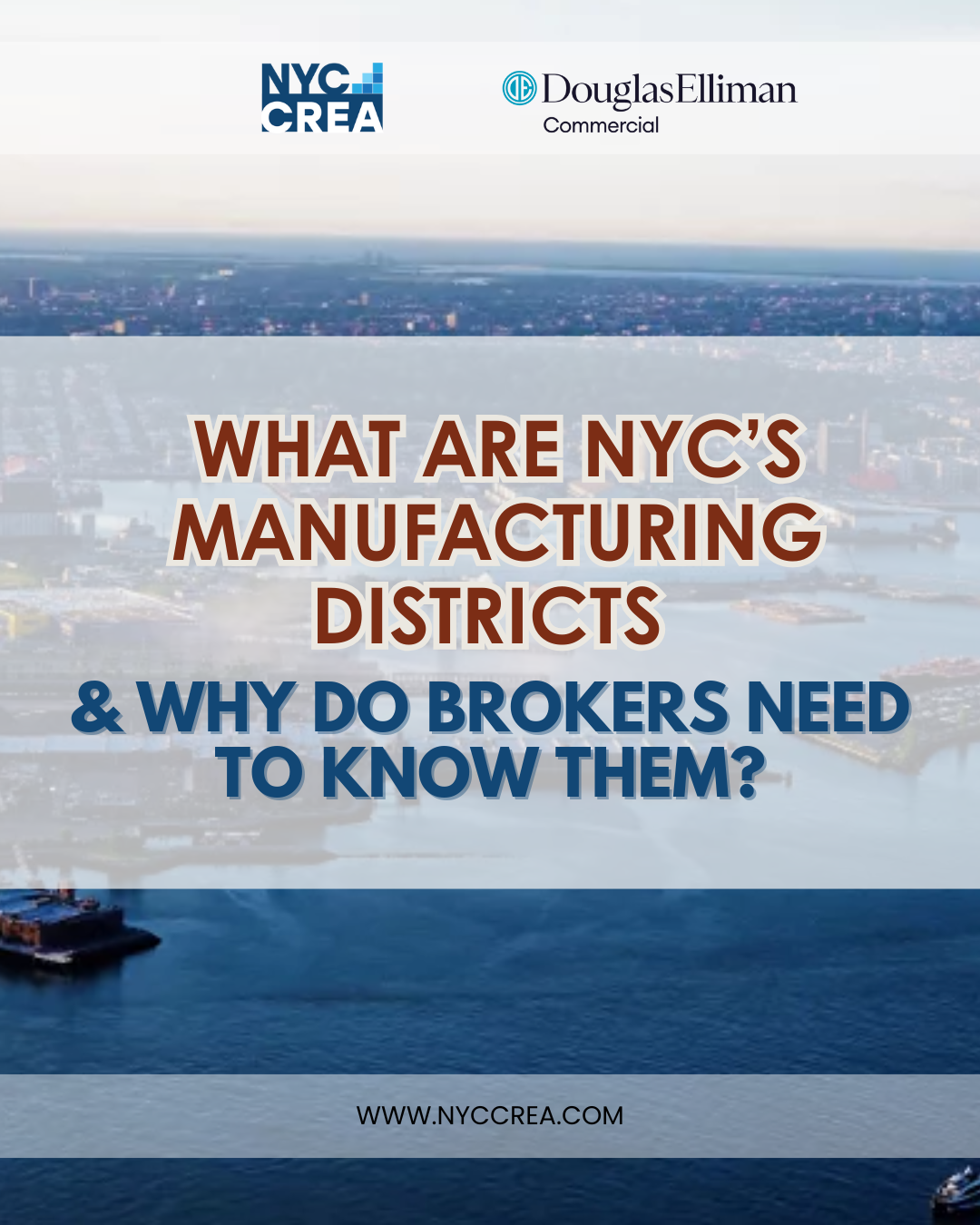New York’s commercial real estate landscape, a cornerstone of the Tri-State Industrial Corridor that includes New Jersey and Pennsylvania, holds a unique and powerful position within the national market. This region, with its proximity to the Port of New York/New Jersey (NY/NJ), connects some of the nation’s most densely populated metropolitan areas, including New York City, Boston, Philadelphia, and Washington, D.C. The Port of NY/NJ alone supports a consumer base of over 60 million people, driving the demand for warehousing, logistics, and commercial real estate due to heightened expectations for same-day and next-day deliveries. The commercial real estate market in this corridor is highly sought after, powered by its location, high purchasing power, and dynamic demand for industrial space.
Despite the corridor’s appeal, the market faces significant challenges, including rising vacancy rates and fluctuating preleasing rates. Vacancy rates reached 6.8% by mid-2024, up from 6.1% last year, fueled by a record number of new projects and a cooling of preleasing activity. As a result, the volume of vacant space skyrocketed to almost 100 million square feet (msf), a double increase from the 49.5 msf marked at the end of 2022. Nevertheless, the region continues to show signs of resilience and remains a preferred choice for logistics and warehousing, where strategic construction projects and prime leases underscore its long-term viability.

NY’s strength in logistics
The industrial sector in New York and its surrounding areas has emerged as a significant driver of economic growth, catalyzed by the strategic location of the Port of NY/NJ, which ranks as the busiest port on the entire eastern seaboard. This port’s large consumer base within a five-hour drive stimulates demand for industrial real estate, attracting major retailers to establish a foothold in the region to leverage high household incomes and persistent demand for goods. The region’s average household income of $128,159 surpasses the national average by nearly 20%, creating a market ripe for businesses seeking access to affluent consumers who prioritize efficient, expedited deliveries.
Moreover, the increase in asking rents within the Tri-State Corridor, which rose by 6.0% year-over-year to $14.48 per square foot, underscores the region’s competitive edge. While industrial markets in areas like Southern California witnessed rent declines, New York’s commercial real estate saw positive net absorption and a high volume of big-box leases, particularly in Central New Jersey and the Pennsylvania I-81/I-78 Corridor. Positive net absorption means that more commercial space was leased up than was made available on the market, indicating a relative decrease in the supply of commercial space available. These trends illustrate the robust demand and growth potential in New York’s industrial real estate, driven by the evolving needs of e-commerce and logistics companies that continue to invest heavily in this densely populated and economically dynamic market.

Delicate Balancing Act
Despite its favorable economic drivers, New York’s commercial real estate market faces challenges from rising vacancy rates, an imbalance of supply and demand, and fluctuating preleasing activity. The surge of new industrial space, with over 69 million square feet added in 2023, elevated vacancy rates to 6.8% by mid-2024, up from previous years. This increase in available space signals that the rapid growth in supply is outpacing current demand, particularly as net absorption slowed from an annual average of 48.2 million square feet between 2020-2022 to just 28.5 million over the last 18 months. The slowdown in leasing activity is evident across many of New York’s submarkets, where vacancy rates are expected to remain elevated until absorption catches up.
In response to these pressures, developers and property owners have introduced incentives such as free rent and early occupancy options to attract tenants. Additionally, high construction costs and delays have dampened the pace of new projects, with the first half of 2024 seeing only 17.6 million square feet of new space, a sharp decline from the previous year’s completions. As a result, commercial real estate stakeholders in New York face a delicate balancing act—managing the expanding inventory while ensuring that the market remains attractive and financially viable amid economic uncertainty.

Hub for Warehouse Demand
The commercial real estate sector in New York remains resilient, underpinned by a strong logistics infrastructure and consumer base that drives sustained demand for industrial space. Although vacancy rates have risen, recent trends suggest a stabilization as construction activity slows and the market has more opportunity to absorb the new inventory. New York’s strategic location and high-income consumer base continue to support long-term growth, particularly for sectors relying on rapid delivery capabilities and warehousing efficiencies to meet consumer demand. Positive net absorption in the Tri-State Corridor, compared to declines in other markets, illustrates that New York retains a competitive edge, even as it grapples with economic headwinds.
Looking ahead, New York’s commercial real estate market may experience fluctuations as it adjusts to changing economic conditions and an evolving e-commerce landscape. However, with cautious growth and incentives that attract tenants, the sector is poised for long-term success. The region’s historical resilience and ability to attract high-profile logistics and retail tenants bode well for future expansion, ensuring that New York’s commercial real estate continues to thrive as a central hub for industrial and warehousing demand.
Reference:
Tri-state Industrial Corridor: Interactive Report Midyear 2024
Cushman & Wakefield Research







